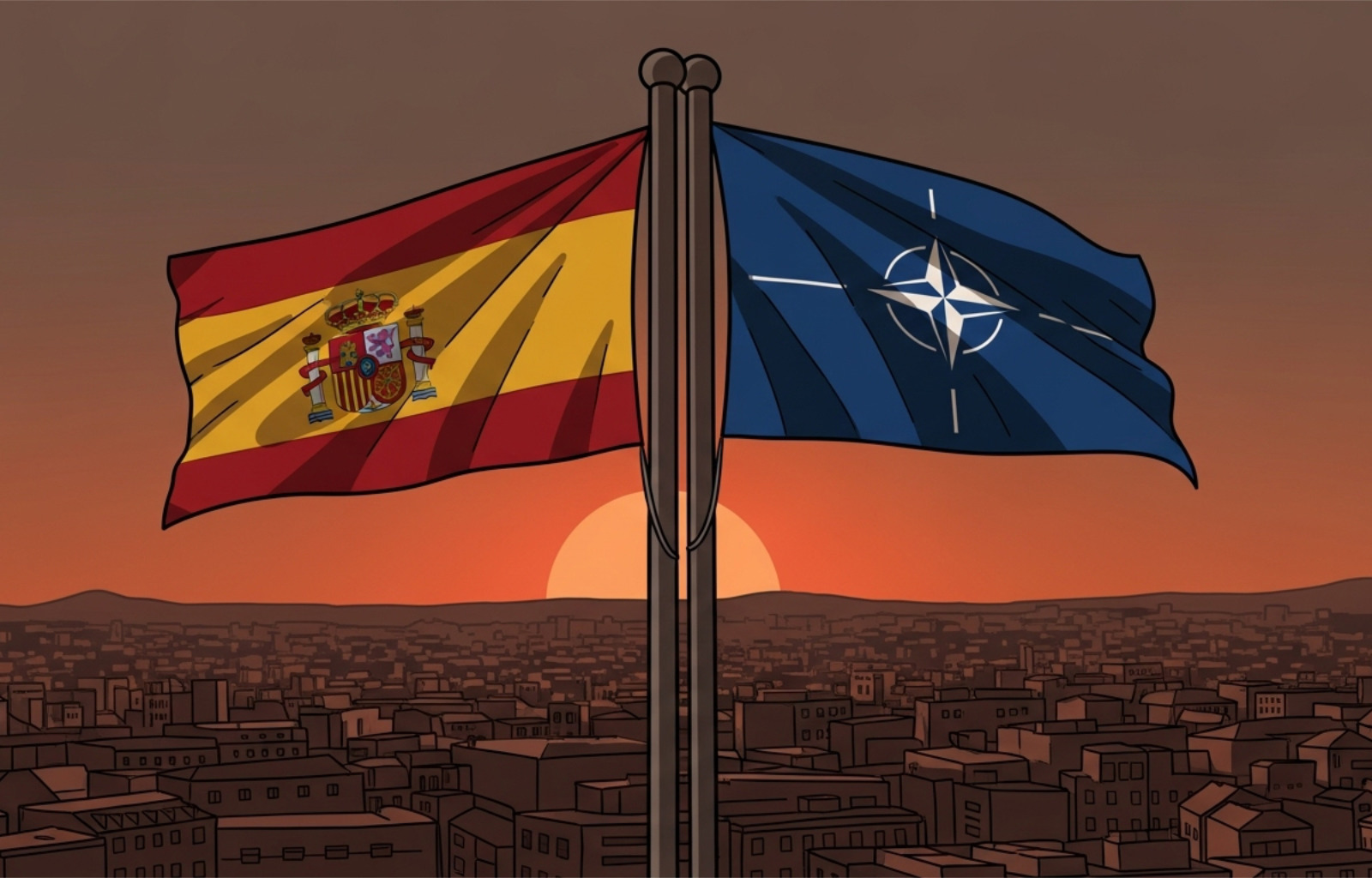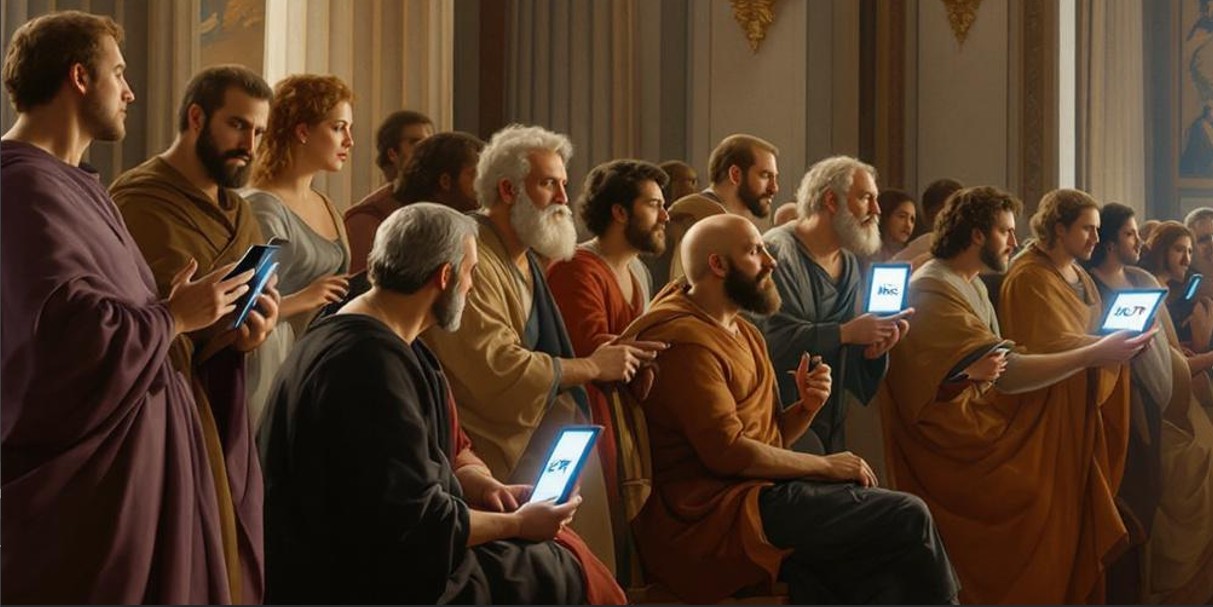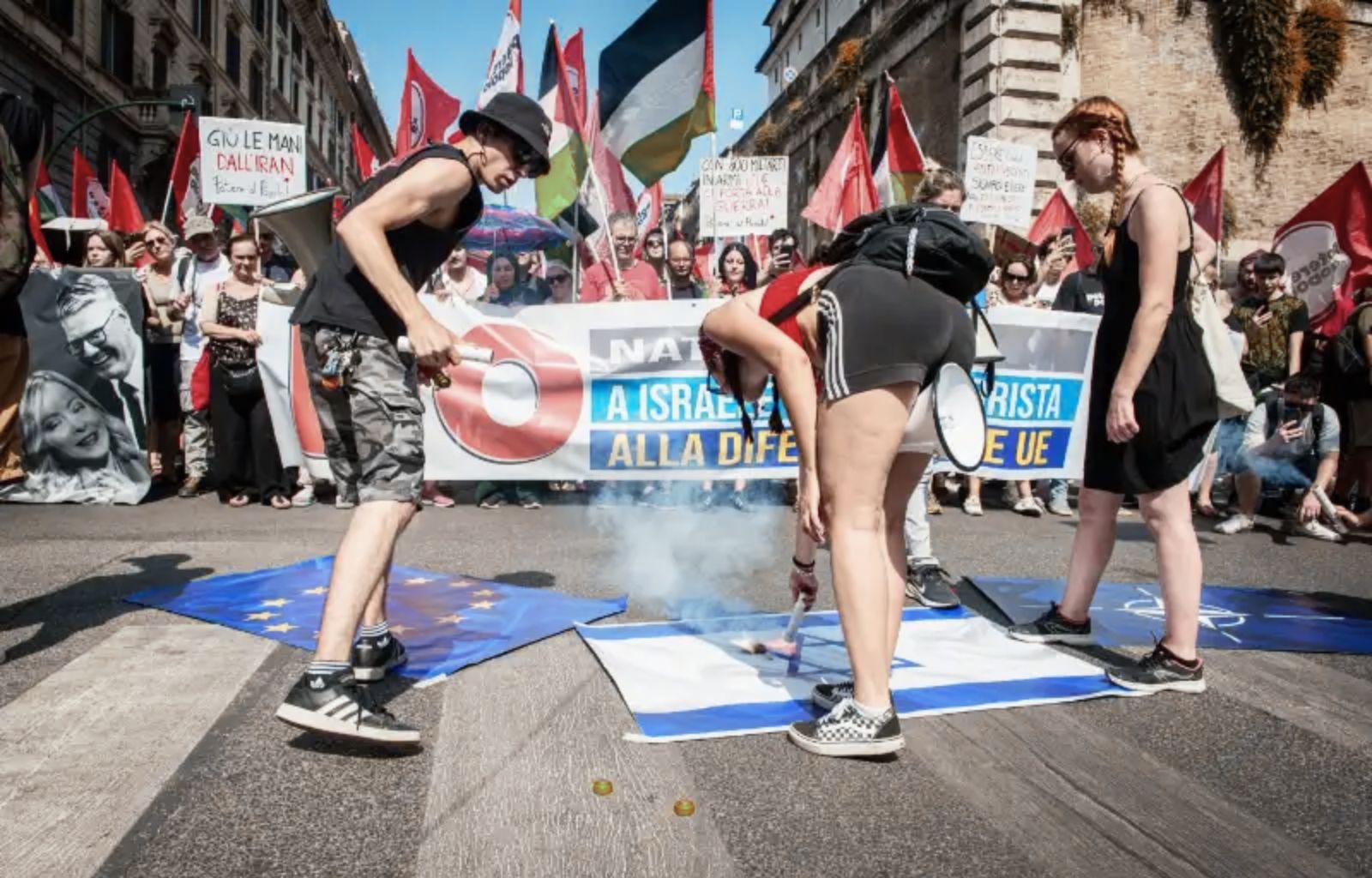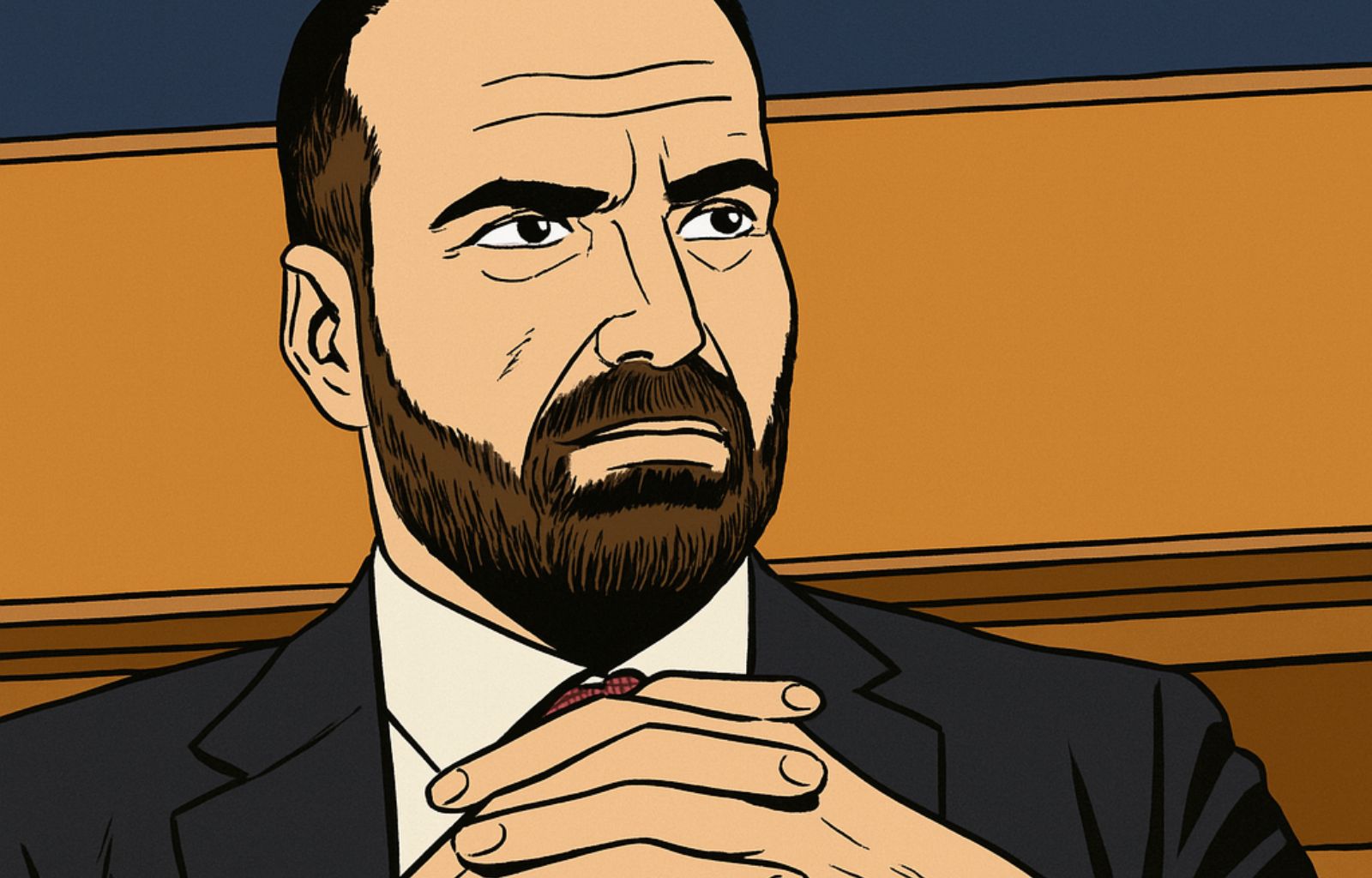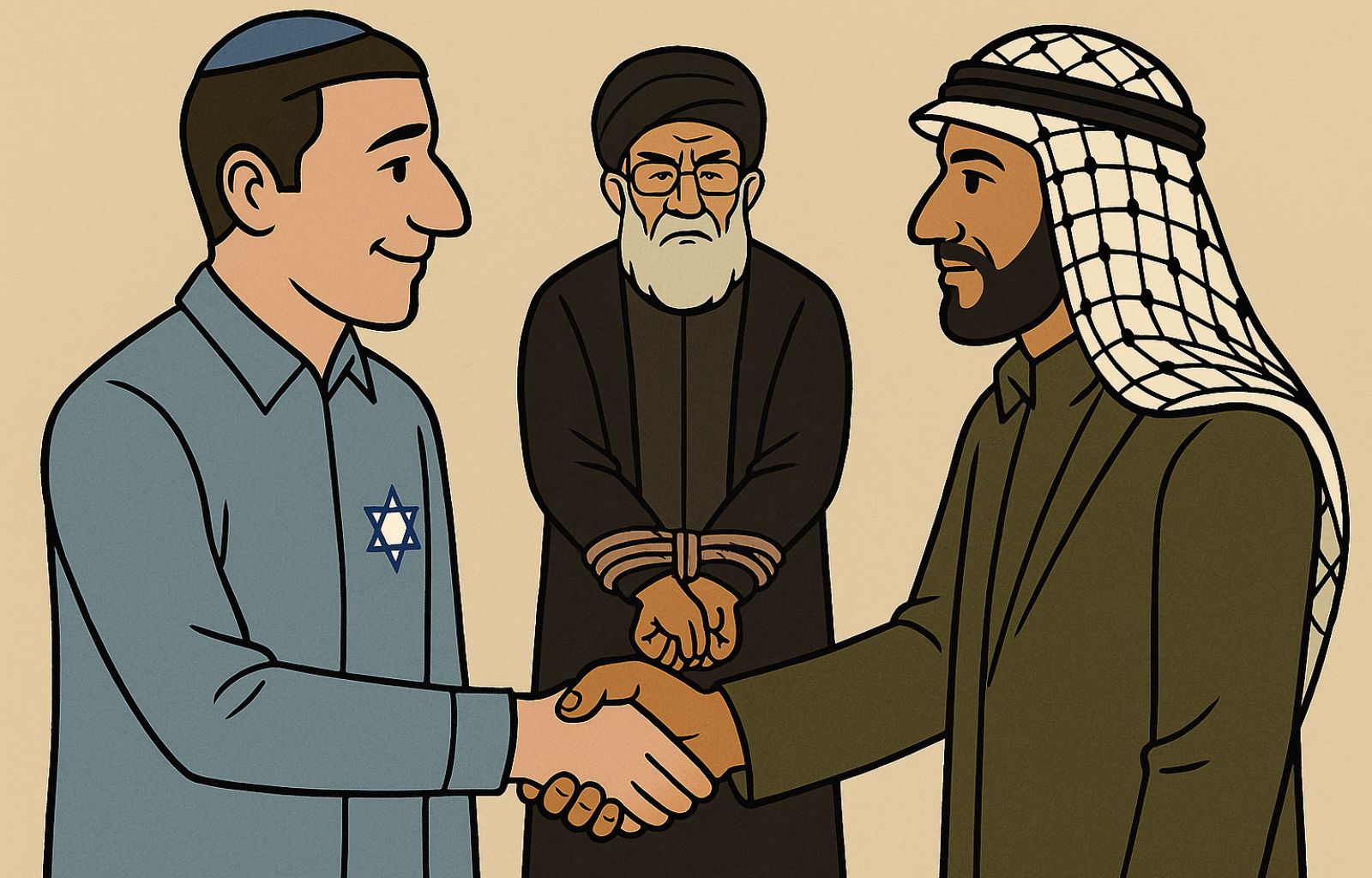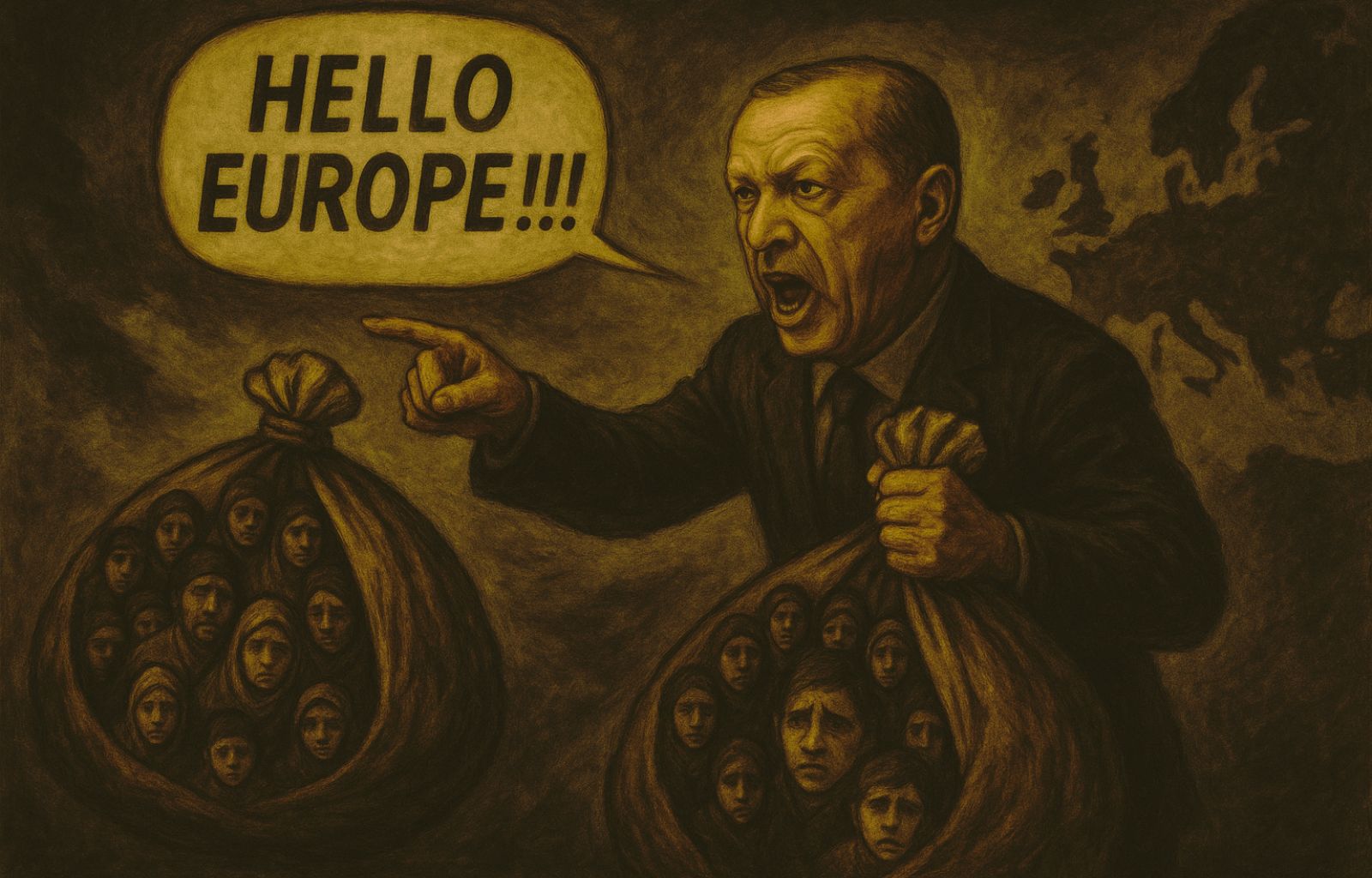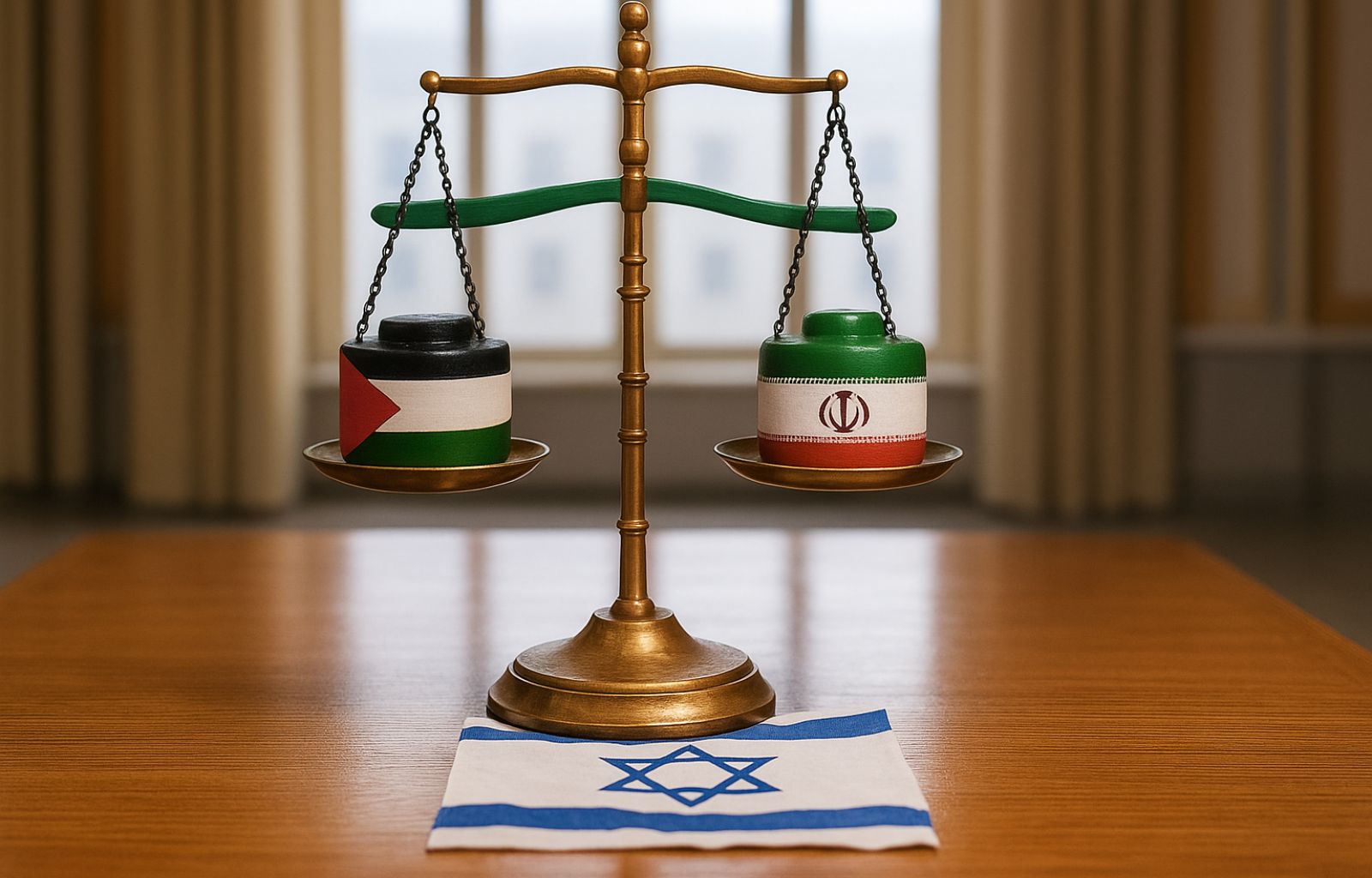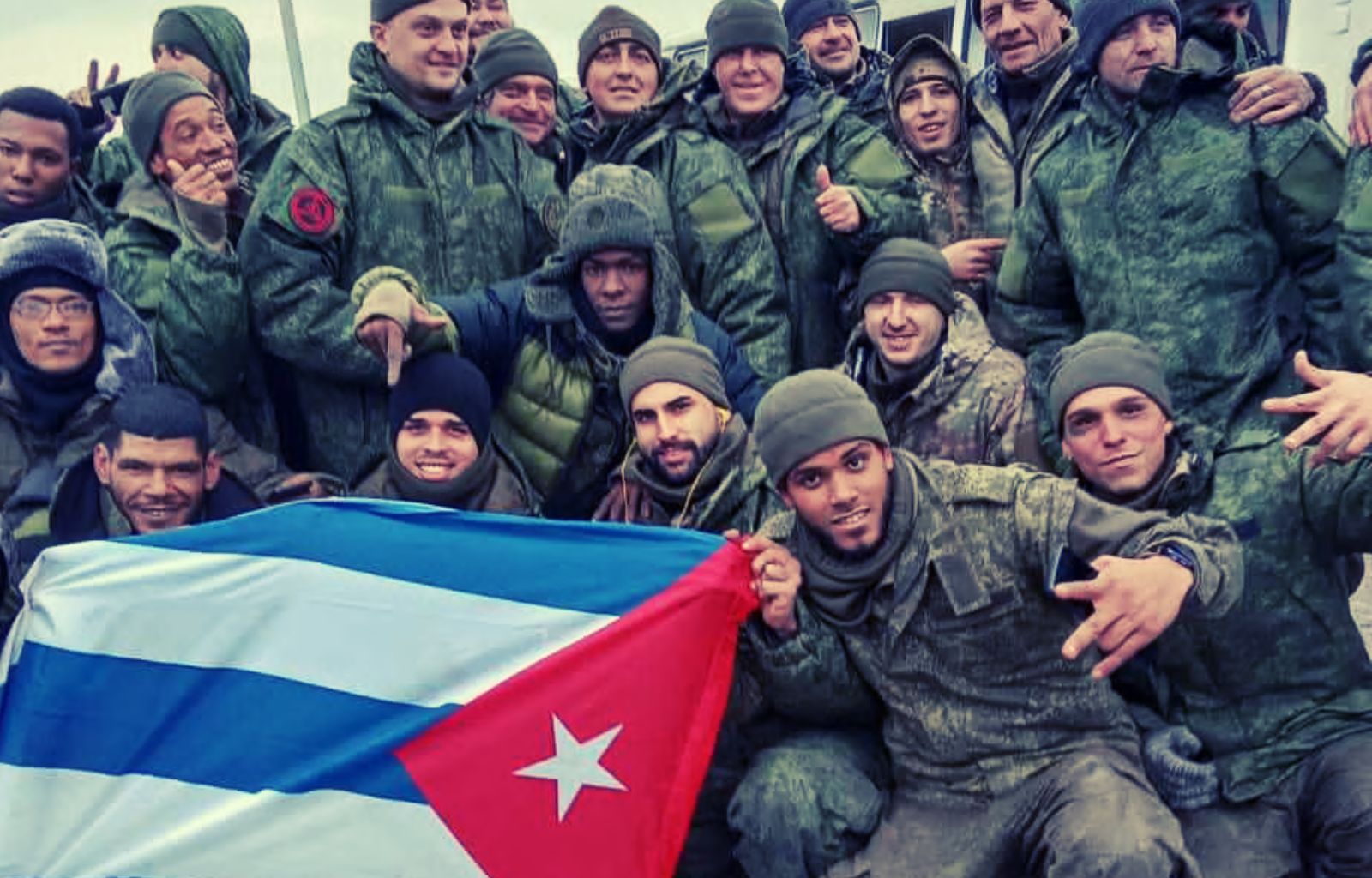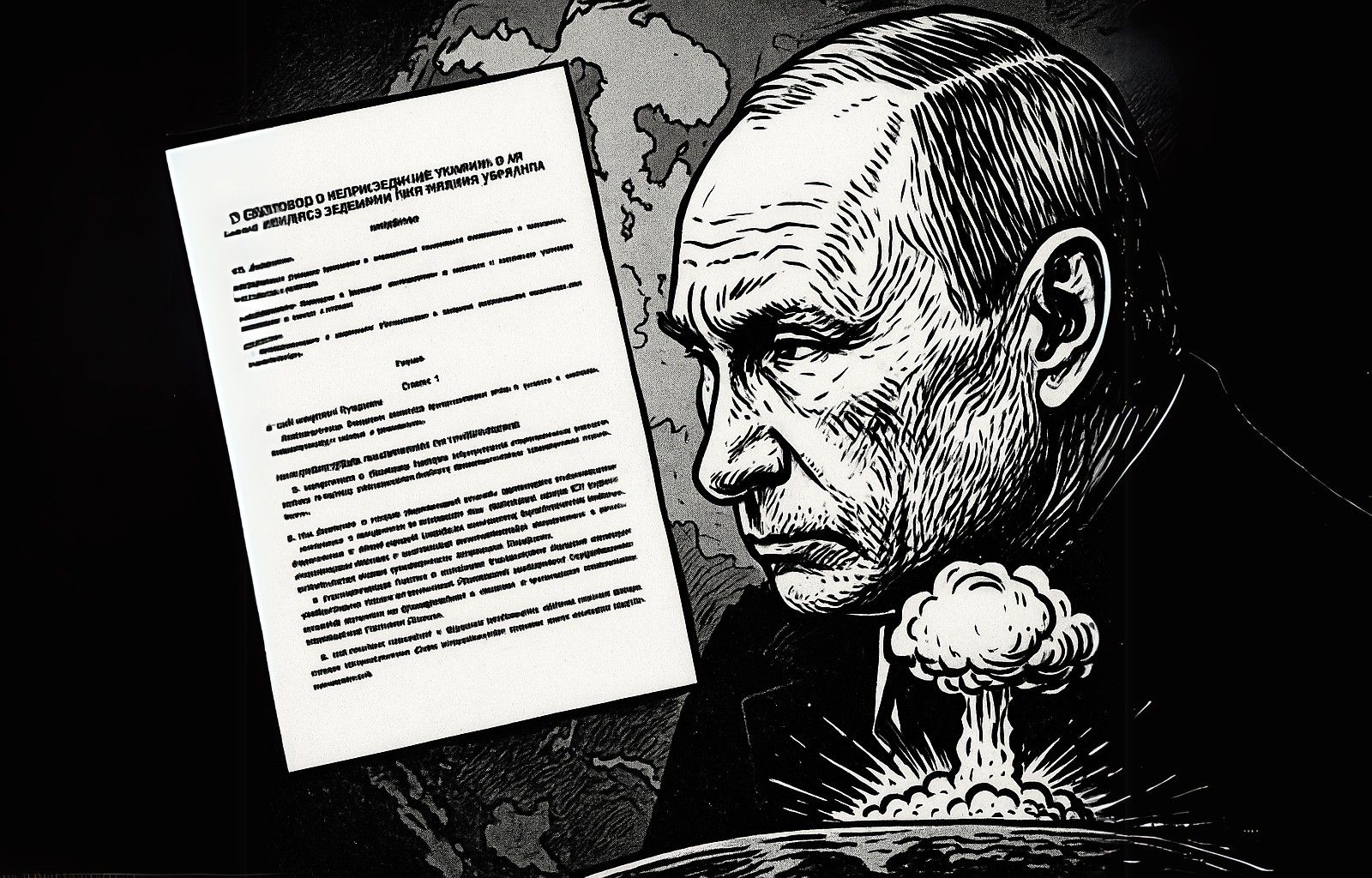Leo XIV: between Vatican diplomacy, Europe and new global scenarios
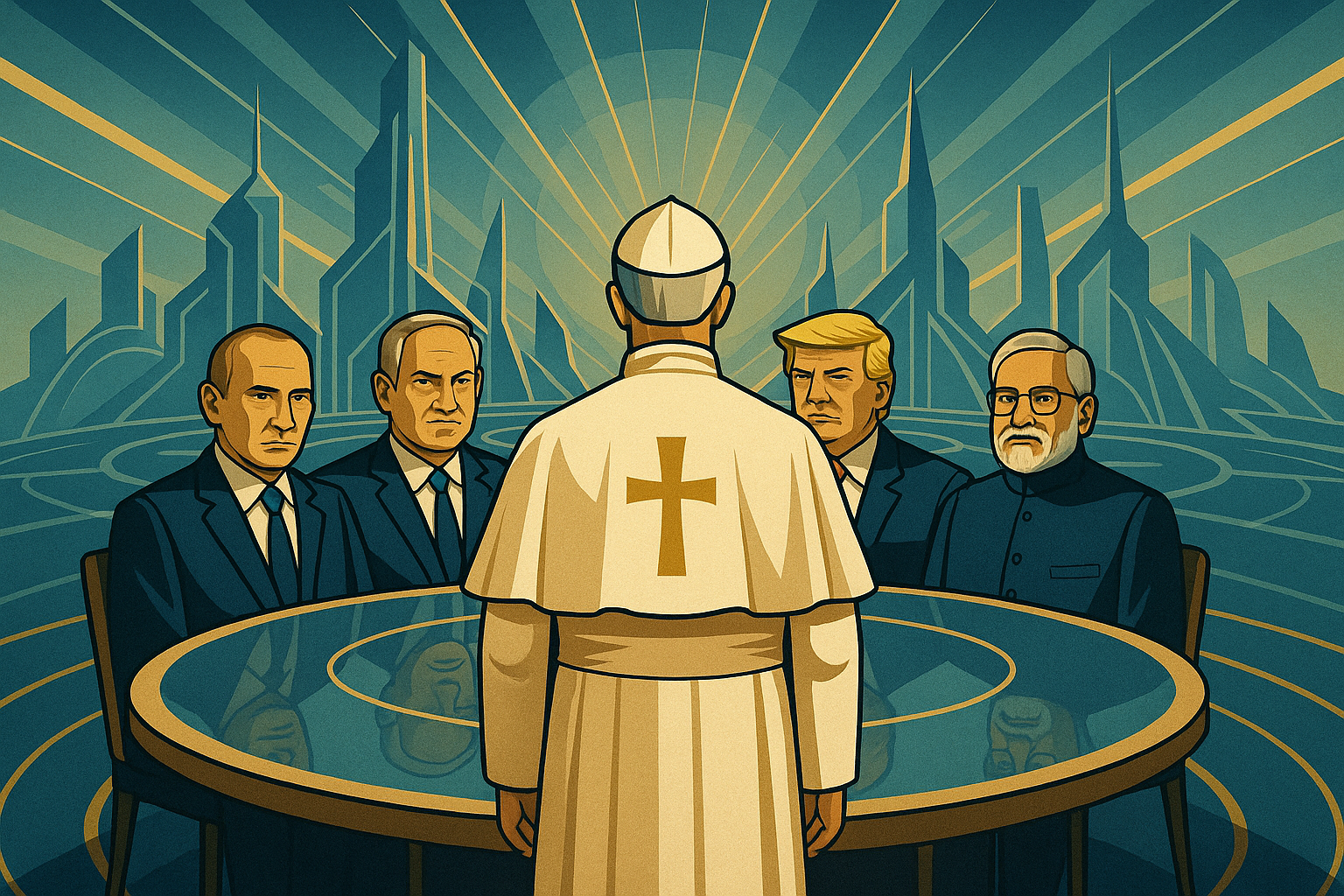
The election of Pope Leo XIV, born Robert Francis Prevost, marks a crucial step not only for the Catholic Church, but for the redefinition of the symbolic, cultural and geopolitical balance of theWest.
The first American pontiff in history, but also the son of a Latin American missionary trajectory, Leo XIV stands at a crossroads that intertwines the crisis of North Atlantic hegemony, the fragmentation of the international system and the progressive marginalisation of Europe as a global narrative subject. His pontificate was born in a liminal space, where the Church was called to renegotiate its public voice: less moralising, more strategic; less performative, more constitutive.
It is not only his geographical origin that fuels the readings: it is the grammar of the language chosen, thesymbolic architecture of the inaugural communication, the calibration of the institutional codes. The first appearance from the Loggia of St. Peter’s, the homily in the Sistine Chapel and the balancing of signs – from the clothing to the linguistic choices – speak of a leadership that does not seek visual breaks, but neither does it limit itself to reiterating consolidated models. The hammering repetition of the word ‘peace’, the figure of the ‘Good Shepherd’, the absence of direct references to the political contingency are all elements that draw a new register.
A change of tone that does not amount to silence, but to the construction of a more subtle posture: a Church that shies away from the urgency of the news to affirm a new systemic presence in the international space, with an eye on the fate ofEurope and the challenges of theglobal order.
Who is Leo XIV: a pragmatist diplomat?
In the codified lexicon of the Church, biography is only one of the keys to understanding the political potential of a pontiff. And yet, in the case of Robert Francis Prevost, newly elected Leo XIV, it is worth lingering on that personal trajectory that, rather than a curriculum, resembles a map of the possible pontificate .
North American by birth but Peruvian by adoption, the first pope of the Augustinian Order and the first US pontiff in history, Prevost embodies a studied balance rather than a discontinuity. He is not the man of striking gestures, but of diplomatic language. An ecclesial official who has traversed the Curia with a low profile, building political clout without ever seeking visibility. A ‘fixer’, as they call him in Rome: one who listens a lot, speaks little and mediates without leaving conspicuous impressions. His career is a reflection of this: missionary in the diocese of Chiclayo, then local bishop, finally Prefect of the Dicastery for Bishops under Francis, in one of the most delicate moments in the management of episcopal appointments.
This position – technical, but with profound political effects – made him one of the curators of the renewal of world ecclesial leadership . And in that capacity he exercised a silent but constantauthority, expendable in every direction. And it is perhaps precisely for this reason that he was elected: because his figure, so little divisive, appeared useful to a Curia that sought continuity without forcing, reassurance without immobility.
The spiritual and political legacy of Leo XIII
The choice of the name Leo – extremely rare in recent history – goes in this direction. It echoes the Rerum Novarum of Leo XIII, a key text of social Catholicism, but also a reference to an era of strong pontificates, authoritarian in the positive sense of the term, capable of holding doctrinal rigour and social openness together.
On a communicative level, Leo XIV immediately marked a stylistic caesura. His first speech from the Loggia was not improvised, as Francis did with that “good evening” that stunned the whole world, but carefully read, alternating traits of spontaneous orality only in biographical or affective passages – such as the greeting in Spanish to the Peruvian diocese. A technical detail, however, that betrays a strategy: the central message, the one on ‘unarmed peace’, was written. Nothing was left to chance. The word ‘peace’ returned ten times, embedded in a Christological frame, not a political one, as if to protect the word from excessive diplomatic exposure.
He is a pope who calibrates, measures, protects fundamental concepts from media drift. The choice of languages was also a strategic one. In his first speech from the lodge, Prevost spoke in Italian and Spanish, omitting English: an absence noted by many, given his American citizenship. But it was later compensated for – and redefined – in his first official homily, whereEnglish found a place in a key passage. The decision to include it in the context of the homily, and not the first announcement to the world, suggests a more subtle message: English not as the language of national belonging, but of universal mission.
In this way, Leo XIV carefully calibrated his positioning: not American ‘among’ others, but Pope ‘for’ everyone. Spanish is the emotional link, Italian the institutional register, English the language of global projection. None of the three is dominant, and all coexist within a communicative design that suggests balance and inclusiveness, but also precision in timing and context.
The new papal communication: less St Ignatius more St Augustine
The impression, also confirmed by the homily in the Sistine Chapel, is that of a pontiff who wants to restore to papal communication a tone of mystical authority, and not of public prominence. Where Francis broke protocols, Leo XIV uses them as a reassuring framework. Where Bergoglio sought direct contact with public opinion – with phone calls, interviews, surprises – Prevost seems to aim for a semantic and visual control of the message. His is an institutional ethos, not an empathetic one. A return to the pope as a symbol, rather than a narrative voice.
But beware: it is not silence, it is management. It is not detachment, it is repositioning. We could be facing a new type of church communicator: not the spiritual influencer, but the guarantor of the frame. One who speaks less to leave space for the message, not the messenger. Confirming this prudent but effective posture was his first Regina Coeli, pronounced on Sunday from the balcony of St Peter’s Basilica in front of a packed square. Almost a hundred thousand people were present to hear the new Pope’s first Sunday prayer with the faithful. And on that occasion Leo XIV spoke as a global pontiff: in a firm but composed tone he appealed to all the world’s leaders to “stop the current wars”.
His words were not only spiritual, but cut into the hottest nodes of current events: Ukraine, Gaza, India and Pakistan. “A third world war in pieces,” he said – deliberately recalling the expression coined by his predecessor Francis in 2014. But he did so with a different tone: not evocative, but synthetic and programmatic.
He called for an immediate ceasefire in Gaza, the release of Israeli hostages, and urgent aid for the civilian population. On Ukraine, he reiterated the need to work for ‘a just and lasting peace’, explicitly mentioning the return of deported children. And he warned India and Pakistan to reach “a lasting agreement”.
It was a speech that spoke on three levels: the spiritual one – the call for peace; the political one – the concrete declination of the ongoing crises; and the symbolic one – the revival of the square as a place of convocation and legitimisation of the papal voice. Here too, the grammar chosen is revealing: no reference to the culprits, no rhetorical escalation, but alinear exposition aimed at moral suasion. Not a voice that accuses, but a voice that calls back. This type of communication is consistent with the figure of Leo XIV: controlled, measured, but able to assert himself in the noise of the world precisely because of his sobriety.
His authority lies not in the force of emphasis, but in the care of words and precision of registers. And in this, the Sunday appeal is already an early test of his geopolitical style: more like a solemn diplomatic note than a moralistic sermon. This linguistic and symbolic balance is also reflected in what we might expect from his style of Vatican diplomacy. If Francis embodied the geopolitics of mercy – with bold gestures, direct mediations and speeches with a social stamp – Leo XIV seems to have leaned towards a pragmatic diplomacy, less publicly exposed but equally structured.
The considered choice of words, the calibration of language in different contexts and the use of dense but sober symbology reveal a forma mentis typical of the negotiator: not the pontiff of improvisation, but that of chisel work. His communicative posture – measured, controlled, even defiladed – does not indicate submissiveness, but method. We could define him as a ‘diplomat by subtraction’: one who moves cautiously in the corridors of power, aware that, in order to make an impact in global dossiers, the Holy See’s voice must today become more articulate than bombastic. The logic is no longer that of rupture, but that ofaccess: to be present everywhere, without taking sides explicitly, but leaving significant traces.
Europe, multilateralism, the Global South: which foreign policy for Leo XIV?
In his first speech, Leo XIV avoided direct references to ongoing conflicts, focusing instead on universal themes such as peace, justice and human dignity. This choice indicates a desire to position the Holy See as a neutral actor and reliable mediator, capable of interlocuting with all parties. Its call for ‘disarmed and disarming peace’ suggests a commitment to a diplomacy of patience and persuasion, rather than direct intervention.
Even in the Regina Coeli, the Pope did not directly name political responsibilities, as his predecessor did on some occasions, but defined the moral framework within which international diplomacy must move. He spoke little, but marked much, preferring a theological rather than sociological register, spiritual but not evanescent.
He is a pope who defines frames rather than giving titles, who prefers to orient rather than occupy public space. If Francis ‘ pontificate has been the time of the geopolitics of mercy – a model in which the Vatican’s international presence has been structured around a series of symbolic gestures and moral acts aimed at restoring centrality to forgotten peoples, to the margins of history and to ignored sorrows – Leo XIV will find himself at a crossroads: either overcoming that paradigm or perfecting it. The first signs speak of continuity in the general vision – attention to peace, migration, sustainability – but discontinuity in the codes.
Francis has placed himself at the centre of an empathetic and visible political narrative, leading the Holy See to constantly engage with the global media. Leo XIV seems intent on returning the centre of gravity of Vatican diplomacy to a more institutional plane, less ‘pastoral’ in language, more oriented towards amulti-level and, perhaps, more selectiveinterlocution. This abstraction, however, does not imply disengagement: it means redefining the tone of papal intervention in the world, moving away from the role of radical moral actor (à la Francis) to assume a more diplomatic and systemic one. Where Bergoglio pushed the urgency of the word, Leo could focus on the duration of listening.
The New Holy See’s Relationship with Global Leaders
In his relationship withEurope, Leo XIV found himself having to redefine the links between the Holy See and a continent marked by increasing secularisation, ideological polarisation and geopolitical disorientation. His experience in Latin America and his US background give him a global perspective that could foster a renewed dialogue with European institutions.
Europe, which has often been urged by Francis on a moral level, could find in Leo XIV a less provocative but equally demanding interlocutor. The positive reactions of European leaders to his election indicate a willingness to work together on common issues such as peace, social justice and sustainability, but also a concern for the continent’s cultural resilience, at a time in history when religious identity is being called into question.
Managing relations with China is one of the most complex challenges for Leo XIV. The agreement on the appointment of bishops, renewed in 2024, offers a basis for continued dialogue, but requires careful and discreet diplomacy.
In Africa, the Catholic Church continues to play a crucial role in education and health. Leo XIV could strengthen the Vatican presence on the continent, promoting initiatives to support development and political stability. In both cases, his posture as a reserved but decisive pastor, communicatively less media-savvy, could favour constant interlocutions, out of the spotlight but decisive.
Finally, the war in Ukraine is a test case for Vatican diplomacy. Leo XIV received messages of appreciation both from Ukrainian President Zelensky, who stressed the Holy See’s consistency in supporting peace efforts, and from Russian President Putin, who expressed confidence in the continuation of the constructive dialogue established with his predecessor. These reactions indicate that the new pope could play the role of mediator, facilitating negotiations and promoting humanitarian initiatives. However, it will be important to observe whether this profile of prudent interlocutor will also embody amoral authority capable of influencing public opinion, and not only diplomacy.
In this fragmented scenario, the Israeli-Palestinian knot remains a decisive barometer to measure thediplomatic effectiveness and international posture of any pontificate. Pope Leo XIV inherits a dramatic and festering issue, already addressed by his predecessors with different approaches: the charitable realism of John Paul II, the theological reserve of Benedict XVI and the‘mediatised empathy’ of Francis.
But Leo XIV seems to want to introduce a new grammar, less emotional and more institutional. He does not need dramatic twists or striking gestures: it is enough for his name to slowly become the one that opens the headlines of official announcements. It has already happened with his homily in the Sistine Chapel, in which – albeit indirectly – he evoked the idea of a Church called to be a “beacon in the nights of the world”, among which the conflict in the Middle East is certainly one of the darkest. Israel’s positive reaction to the election – with soothing words from Herzog and Netanyahu – offers a window of action for a Vatican that wants to re-enter the dossier without raising its voice too much.
It is in this grey area that Leo XIV’s diplomatic game is played: not on moral indignation, but on negotiating the possible. For a pontiff who prefers sobriety to visibility, the balancing act between solidarity with the Palestinian people and recognition of Israeli security could become central again. Not so much to launch a Vatican peace plan, but to reactivate that Vatican soft power that has been partly worn down in too many conflicts left to secular diplomacy alone . Communication in this case will not be entrusted to striking gestures, but to calibrated statements, to a diplomacy of eloquent silence. Leo XIV is not a shouting pope.
But that is exactly the point: when he speaks, he will be heard. His voice could become the one missing in the chorus of mediation, not in volume, but in credibility. Leo XIV could present himself, in short, as a ‘pope of movement’, but with a radically different approach from that of Francis. If for Bergoglio the ‘outgoing Church’ was also a rhetorical formula, capable of activating imaginaries and mobilisations, for Leo XIV it is an operative posture: less speeches, more diplomacy; less public narration, more silent construction of relationships.
He does not renounceopenness, but declines it in less spectacular, more institutional and less mediatised forms. His missionary trajectory, Augustinian training and experience gained in multicultural contexts allow him to inhabit international space with a logic of disciplined dialogue, in which the Pope’s presence is not constant, but calibrated. The chosen communicative code, made up of essentiality, sobriety and rigour, could restore a central role to Vatican diplomacy: not as a voice that interpellates public opinion, but as an instrument that operates behind the scenes.
A pontiff who, if he succeeds in maintaining this balance between confidentiality and action, will be able to bring the Holy See back to the centre of global balances with the weight of one who does not invade public space, but orients it.
The relationship with the United States and the global role of the Holy See
The figure of Leo XIV, the first US pope, inevitably assumed symbolic weight in relations with Washington. But the relationship with the United States will be anything but linear. While his American citizenship grants him immediate access to one of the main geopolitical arenas, his theological, pastoral and diplomatic stance is as distant from liberal progressivism as it is from Trumpian populism. It is no coincidence that MAGA sectors, an expression of the more aggressive religious right, greeted his election with coldness, when not open suspicion.
Too mild, too ‘global’, too close to Francis’ line on migrants and the environment to be considered a natural ally. His very presence, however, places the Holy See in an unprecedented condition: that of being able to dialogue credibly with theAmerican elite without appearing partisan. Leo XIV represents neither the pro-European Vatican of the recent past, nor an openness toreligious nationalisms. His trajectory – passing through Peru, curial corridors and multicultural contexts – allows him to play a role as a real bridge, not a rhetorical one, between North and South, East and West.
In terms of global strategy, his style suggests a repositioning: a return to a Vatican diplomacy capable of operating over the long term, through quiet bilateral relations, gradual moral influence and constant operational presence.
The Pope who does not speak on international talk shows, but can receive and influence, in a less visible but more stable way.

